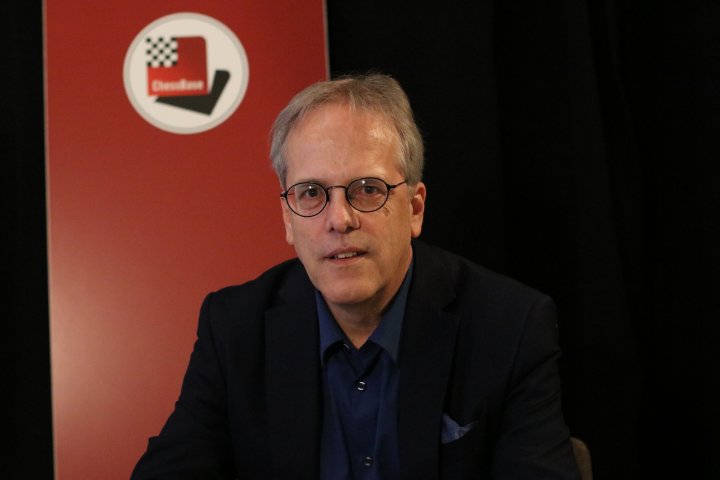Garry Kasparov (3)
Many claim that Garry Kasparov is the greatest chess player of all time. Regardless of this debate, it is undeniable that Kasparov made significant contributions to the development of chess. In the 1980s, a young Kasparov stood out for his creative, aggressive playstyle, often employing unusual, risky concepts and sacrifices. This style was largely based on his extensive opening knowledge. Early on he recognized the importance of the computer and at ChessBase they were happy that he came to the "headquarters" in Hamburg to be updated on the possibilities of a database program and the use of a chess computer (engine)
Thanks to these developments, he was able to steer games into positions that played to his strengths, making him a formidable attacking player who could impose his will on opponents with either color. His foresight in preparation was ahead of its time, understanding that thorough preparation could be half the battle. Today, no top player would prepare for games without the aid of a chess engine.
Kasparov also played a pivotal role in a major schism in the chess world through the creation of the Professional Chess Association (PCA). In 1993, after Nigel Short won the Candidates Cycle, disagreements with FIDE over the match terms led Short and Kasparov to organize their match outside of FIDE. They established the PCA, and FIDE subsequently stripped Kasparov of his title. Jan Timman and Anatoly Karpov vied for the FIDE title, with Karpov ultimately reclaiming it. This resulted in an unprecedented situation with two world chess champions.
Kasparov retained his world title by defeating Nigel Short (12½-7½). The PCA then organized a qualifying tournament in Groningen, Netherlands, in 1993. The top seven finishers, along with Short, qualified for the Candidates' Matches: Michael Adams, Viswanathan Anand (7.5 points), Gata Kamsky, Vladimir Kramnik, Sergey Tiviakov, Boris Gulko, and Oleg Romanishin (all 7 points). Kamsky and Anand reached the final, with Anand winning 6.5-4.5, giving him the right to challenge Kasparov in the PCA World Championship.
The match was held at the World Trade Center in New York. Kasparov fell behind in the ninth game but responded decisively, winning games 10, 11, 13, and 14 to clinch the match 10.5-7.5.
During this period, many top players participated in both PCA and FIDE events, as FIDE also held a World Championship cycle with shorter knockout tournaments. This will be discussed further in another installment.
From the 1995 match against Anand, two games are particularly noteworthy. In the 10th game, Kasparov unveiled a brilliant novelty in the Open Ruy Lopez. In the 11th game, he surprised Anand with the Dragon Variation of the Sicilian Defense. In the diagrammed position, White has just sacrificed a rook. What brilliant move does White play next to maintain the initiative?
On this DVD a team of experts gets to the bottom of Kasparov's play. In over 8 hours of video running time the authors Rogozenko, Marin, Reeh and Müller cast light on four important aspects of Kasparov's play: opening, strategy, tactics and endgame.
This week’s show (for Premium Members only)
Links
More by Herman Grooten and "Understanding before Moving"...























